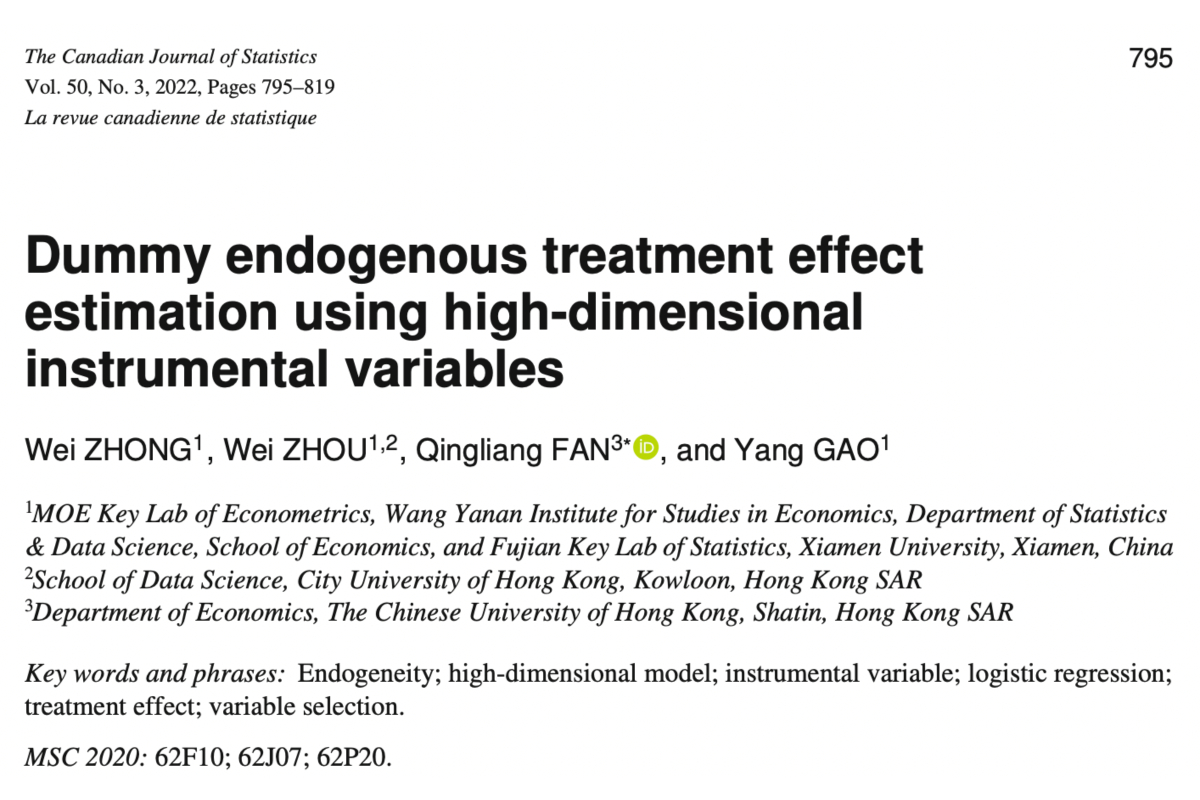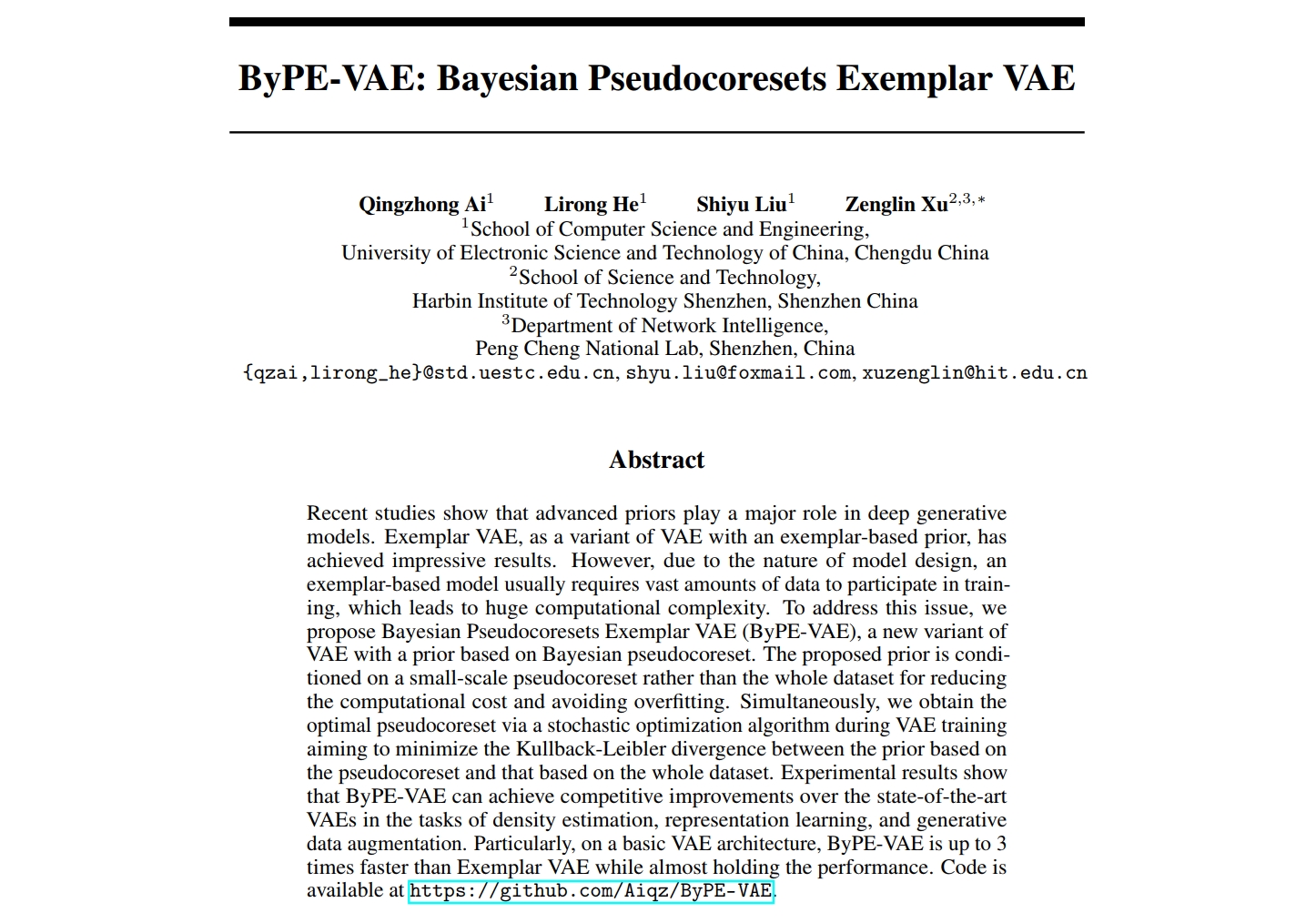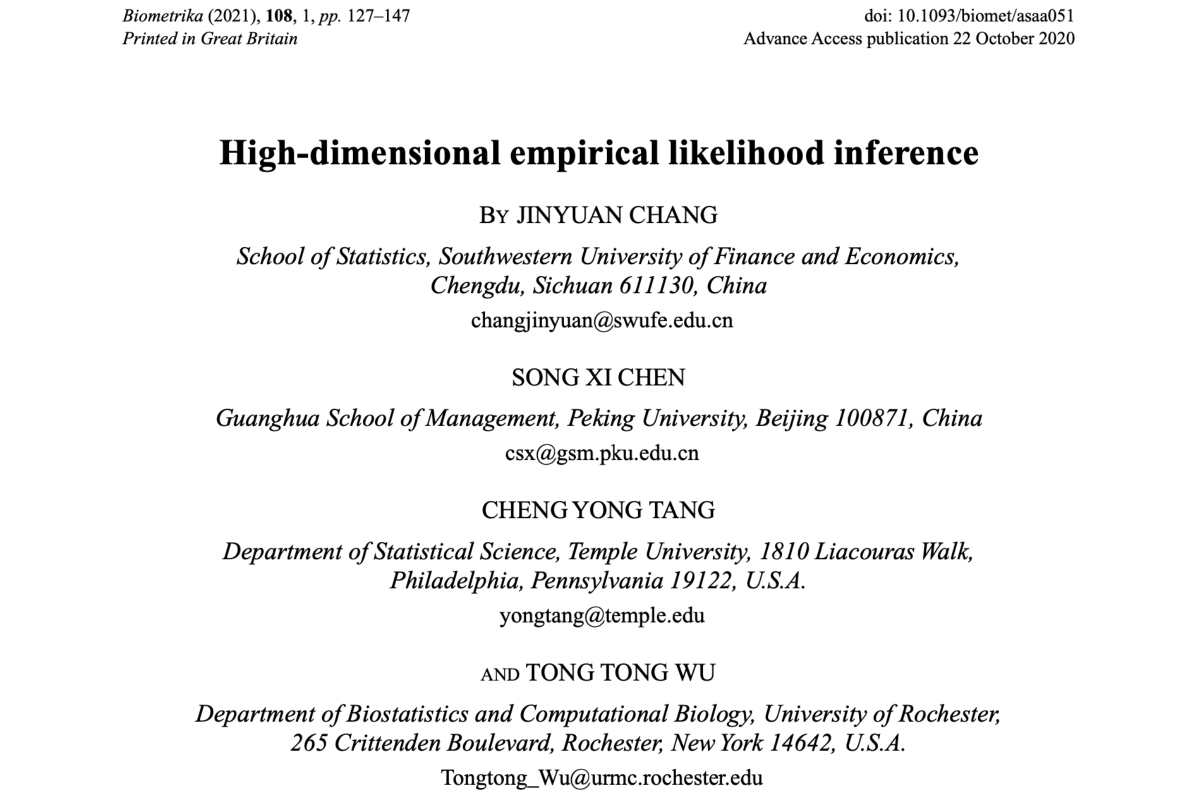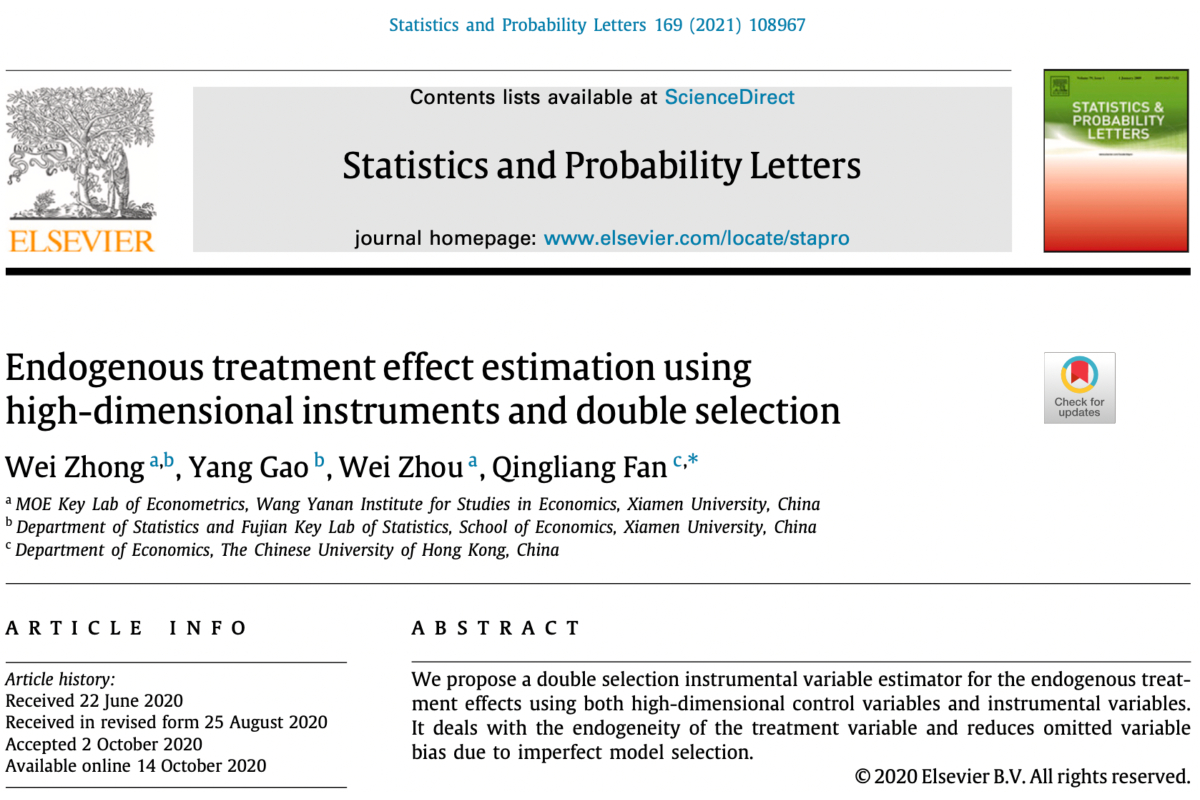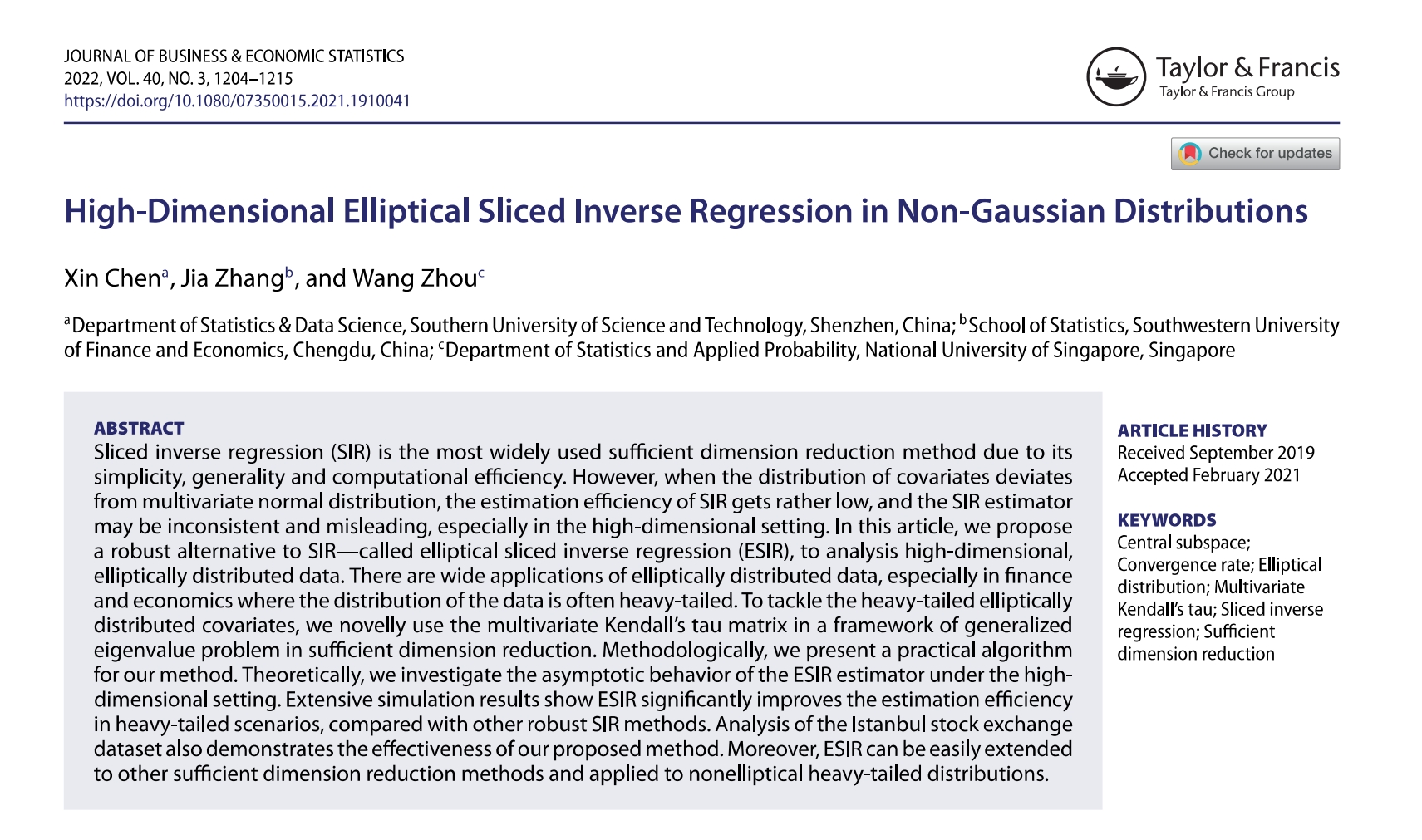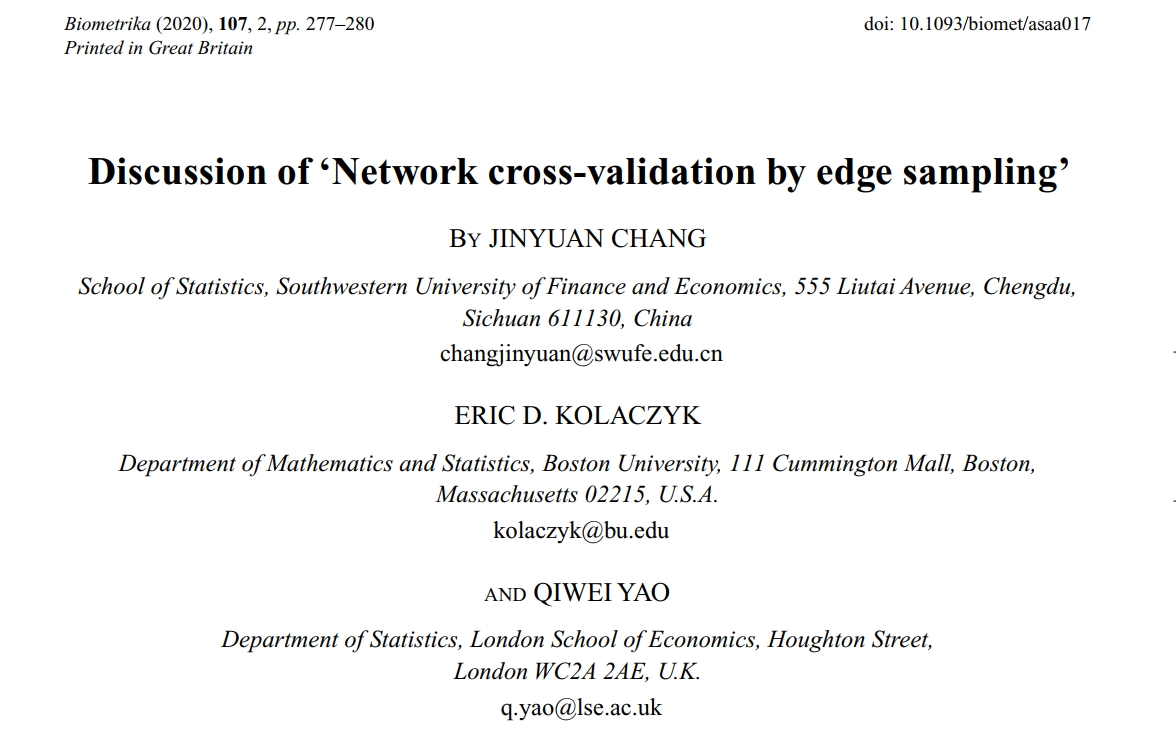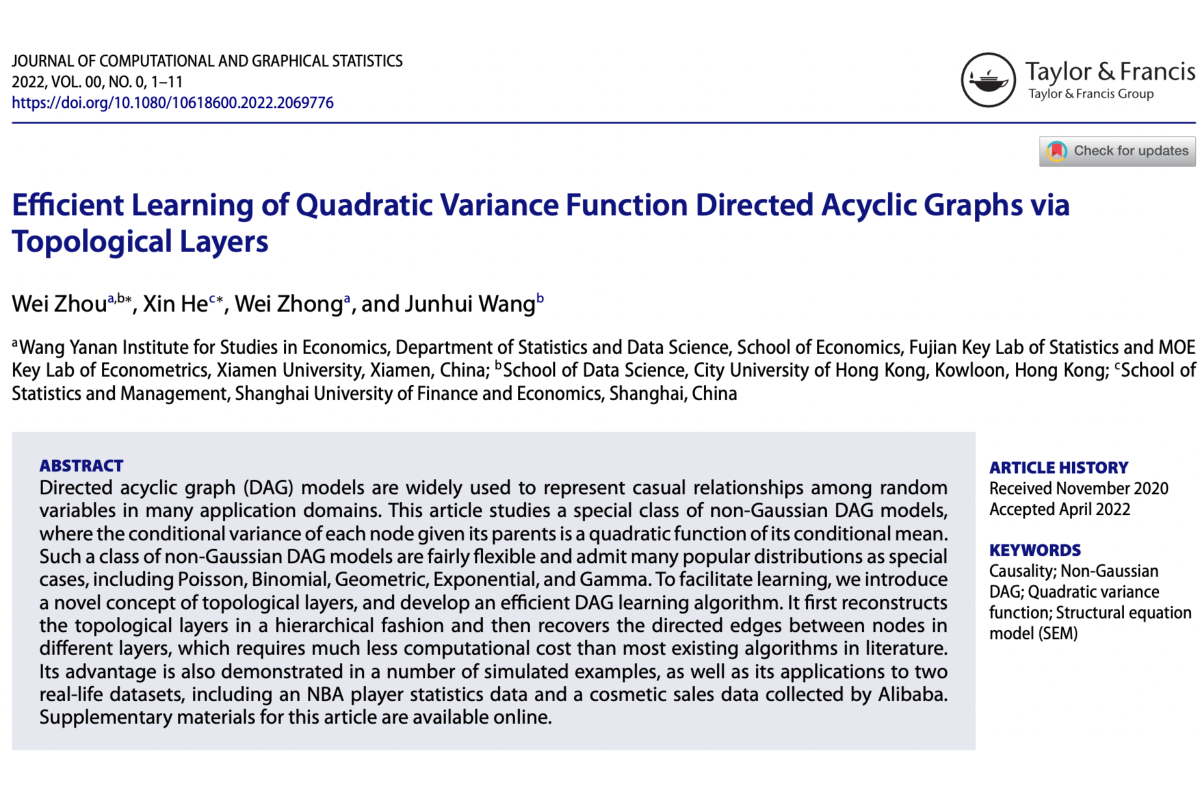
周玮, He, X., Zhong, W., & Wang, J. (2022). Efficient learning of quadratic variance function directed acyclic graphs via topological layers. Journal of Computational and Graphical Statistics, 31, 1269-1279.
Directed acyclic graph (DAG) models are widely used to represent casual relationships among random variables in many application domains. This article studies a special class of non-Gaussian DAG models, where the conditional variance of each node given its parents is a quadratic function of its conditional mean. Such a class of non-Gaussian DAG models are fairly flexible and admit many popular distributions as special cases, including Poisson, Binomial, Geometric, Exponential, and Gamma. To facilitate learning, we introduce a novel concept of topological layers, and develop an efficient DAG learning algorithm. It first reconstructs the topological layers in a hierarchical fashion and then recovers the directed edges between nodes in different layers, which requires much less computational cost than most existing algorithms in literature. Its advantage is also demonstrated in a number of simulated examples, as well as its applications to two real-life datasets, including an NBA player statistics data and a cosmetic sales data collected by Alibaba. Supplementary materials for this article are available online.


